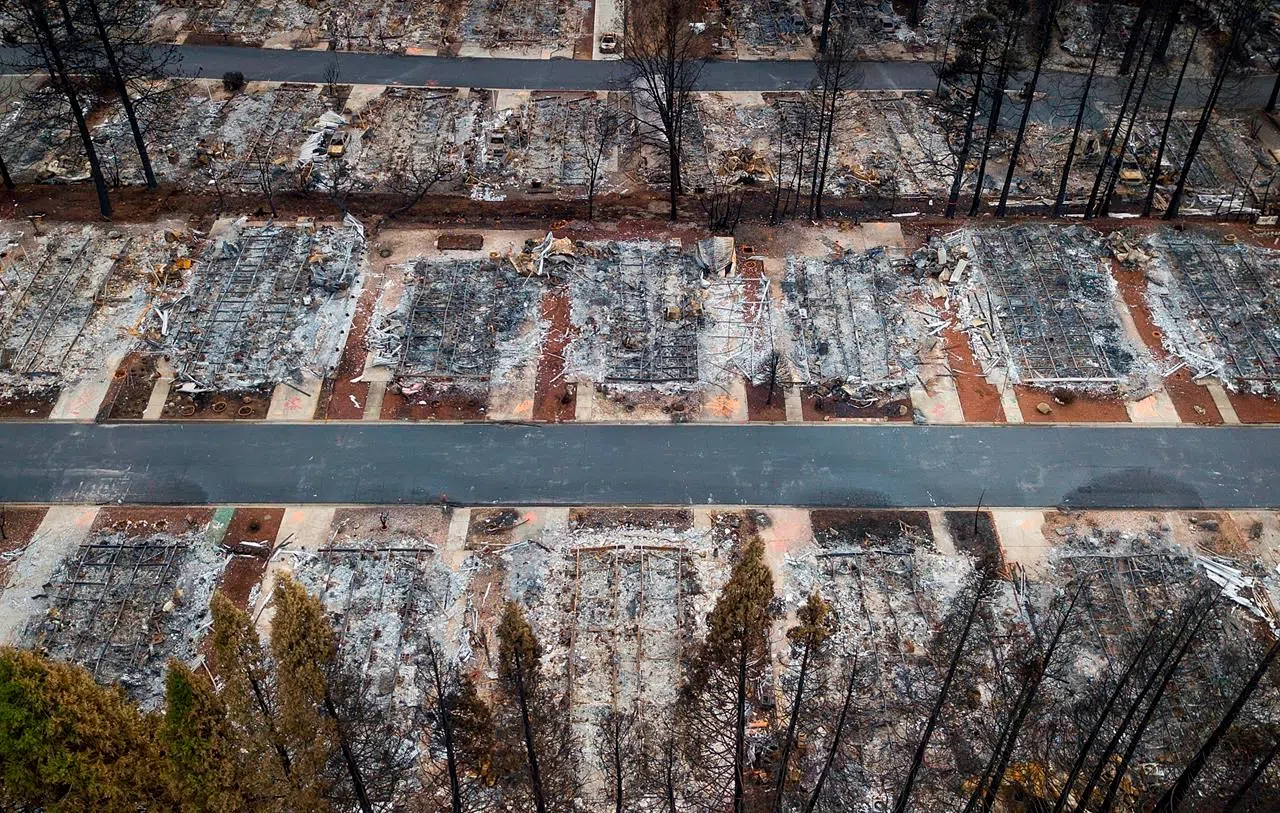
Insurance claims from deadly California wildfires top $11.4B
SACRAMENTO, Calif. — Insurance claims from California’s deadly November 2018 wildfires have topped $11.4 billion, making the series of fires some of the most expensive in state history, officials said Monday.
The latest tally adds to growing concerns about the future availability of home insurance in wildfire-prone areas.
More than $8 billion of the November 2018 losses stem from the fire that levelled the town of Paradise, killing 86 people and destroying roughly 15,000 homes. The other $3 billion in losses are from two Southern California wildfires that ignited the same week.
The numbers were expected to rise, though not dramatically, state Insurance Commissioner Ricardo Lara said. So far, total damage for 2018 wildfires is close to $12.4 billion.
